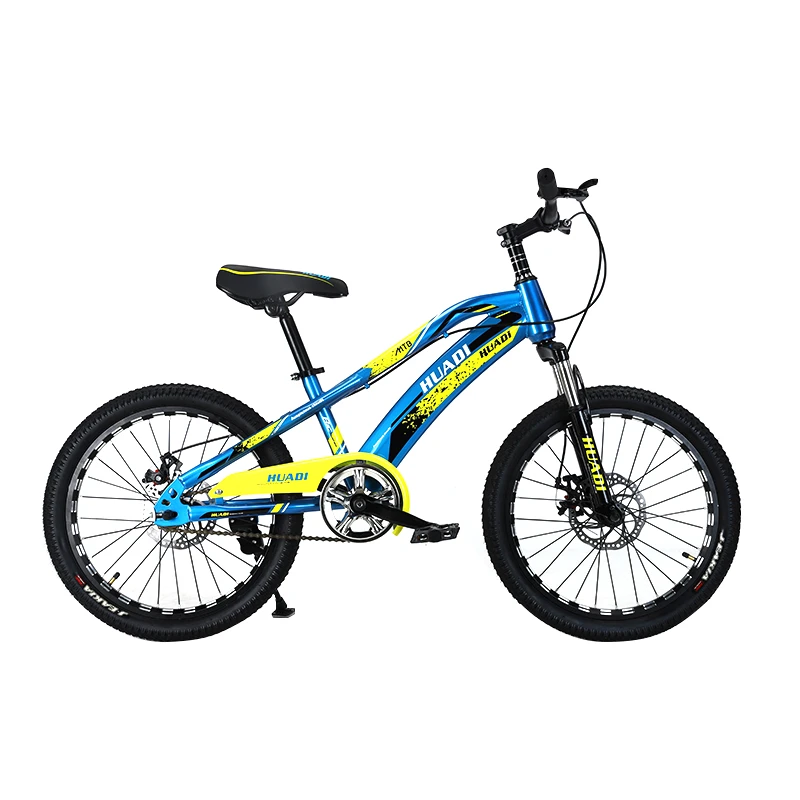Exploring the Benefits of Full Suspension Bikes for Ultimate Comfort and Performance
Exploring the Full Suspension Mountain Bike A Comprehensive Guide
Mountain biking is a thrilling sport that demands a perfect balance of skill, strength, and the right equipment. Among the various types of mountain bikes available today, the full suspension bike has gained significant popularity among enthusiasts and professional riders alike. This article explores the key features, advantages, and considerations of full suspension bikes, helping you understand why they might be the perfect fit for your next biking adventure.
What is a Full Suspension Bike?
A full suspension bike, as the name implies, features both front and rear suspension systems. This set-up allows the bike to absorb shocks and bumps from the terrain, offering a smoother ride compared to its hardtail counterparts, which only have front suspension. The dual suspension system typically consists of a front fork with springs and rear shocks connected to the frame, enabling better traction and control on various surfaces.
Advantages of Full Suspension Bikes
1. Improved Traction One of the primary benefits of full suspension bikes is their ability to maintain traction on uneven surfaces. The rear suspension allows the rear wheel to move independently, keeping it in contact with the ground, which is crucial for downhill riding and tricky terrain.
2. Enhanced Comfort Riding over rough terrain can be jarring, but the suspension system dramatically reduces the impact of bumps and obstacles. This results in a more comfortable ride, reducing rider fatigue and allowing longer rides without discomfort.
3. Versatility Full suspension bikes are incredibly versatile. They perform well in various conditions, from technical trails and steep descents to smoother paths. Whether you are climbing uphill or flying downhill, these bikes are built to handle it all.
4. Better Control With the rear wheel’s ability to move independently, riders have better control over their bike, particularly in challenging terrains. This increased control allows for more precise maneuvering around obstacles and corners, enhancing overall riding confidence.
5. Increased Stability Full suspension bikes provide a lower center of gravity, which leads to improved stability on descents. This stability allows riders to navigate steep and rocky trails with more ease and less fear.
full sus bike

Considerations When Choosing a Full Suspension Bike
While full suspension bikes offer numerous benefits, there are also important factors to consider when choosing the right one for you.
1. Weight Generally, full suspension bikes are heavier than hardtail bikes due to the additional components required for the rear suspension. This may affect climbing performance or ease of transport, so consider your riding style and preferences.
2. Maintenance With more complex components, full suspension bikes can require more maintenance compared to hardtails. Regular checks on the suspension system, bearings, and overall bike health are crucial to ensuring the bike performs optimally.
3. Cost Full suspension bikes often come at a higher price point due to their complex engineering and construction. While investing in a quality bike is essential, it's important to find a balance between your budget and the features you need.
4. Riding Style Your riding style plays a significant role in choosing the right bike. If you're into aggressive downhill trails, a robust full suspension bike might be ideal. However, if you mostly ride on smoother paths, a hardtail may serve your needs better.
5. Fit and Comfort Finally, ensure that the bike fits you well. Full suspension bikes come in various designs, frame sizes, and geometries. Make sure to test ride different models to find one that feels comfortable and responsive.
Conclusion
Full suspension mountain bikes have revolutionized the sport by providing riders with enhanced comfort, control, and versatility. Whether you’re tackling steep descents, navigating rocky trails, or simply enjoying a leisurely ride through the woods, a full suspension bike can significantly enhance your mountain biking experience. As you consider your options, keep in mind the key features and factors discussed above, and you’ll be well on your way to finding the perfect bike for your next adventure. Happy riding!
-
kids-scooter-tiny-olympic-games-scooterathlonNewsAug.22,2025
-
kids-scooter-waves-xingtai-zhongzhous-global-rippleNewsAug.22,2025
-
baby-tricycle-oem-legacy-zhongzhou-forgedNewsAug.22,2025
-
xingtais-twin-tricycle-revolution-siblings-ride-togetherNewsAug.22,2025
-
baby-tricycle-design-inspired-by-ancient-armorNewsAug.22,2025
-
nfc-chip-enabled-oem-baby-tricycle-trackingNewsAug.22,2025
-
The Perfect Baby TricycleNewsAug.11,2025








